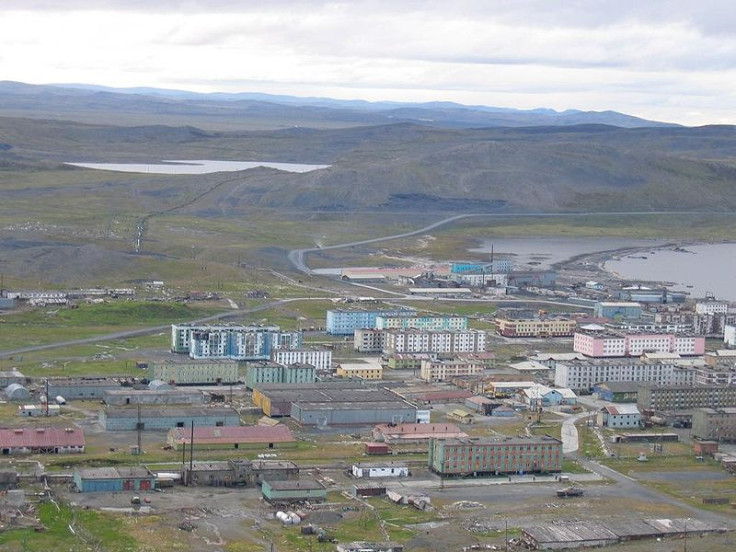High levels of black carbon discovered in Siberia, which could speed up Arctic thaw
Black carbon accelerates climate change by darkening snow and ice to make them warm faster.
There is more soot in remote Siberia than at the edge of densely populated Europe, even though there are hardly any people there, the first in-depth study of black carbon in the region has found.
In Tiksi, a small town in an isolated region of north-eastern Siberia, the levels of black carbon emitted by traffic is at higher levels than in Sweden, according to the two-year study published in the journal PNAS. Before this study, black carbon levels in this part of Russia were a blank spot on the map.
Black carbon pollution is a problem in the Arctic because it amplifies the effects of climate change. When black soot lies on white snow it increases the absorption of heat of the snow, which would otherwise be reflected back out into space. This increases the rate at which the permafrost in northern Siberia is melting.
Swedish researchers set up an observation station in Tiksi to measure how much black carbon was reaching north-eastern Siberia and where it was coming from. Instruments at the Tiksi station measured the amount of black carbon present, and analysed where it had come from by identifying its 'isotope fingerprint'. This allowed the researchers to pinpoint not just the geographical location of the emission, but how the carbon had been burned.
The biggest source of black carbon – about 38% in total – in Tiksi came from traffic. There is very little traffic in this region of north-eastern Siberia, and the researchers found that the emissions mostly came from vehicles in regions such as Europe, more populated parts of Russia, and northern China.

Study author Örjan Gustafsson of Stockholm University, Sweden, told IBTimes UK that this was a surprising result, as the models had predicted that gas flares from the oil industry would be the biggest source of black carbon in Tiksi.

Carbon forensics
Many features of black soot's history are written into its isotope fingerprint.
This fingerprint is the proportion of different isotopes of carbon – 12C, 13C and 14C. These are atoms of carbon that are heavier or lighter, because of the number of neutrons in the atom's nucleus.
For example, black soot released from burning fossil fuels has virtually none of the radioactive isotope 14C.
This is because 14C decays over time: in about 5,730 years, half of the 14C in a given sample will have degraded into something else. As fossil fuels are an ancient source of carbon, it means by the time the fuel is burned there is virtually no 14C left.

"Our isotope forensics established that gas flaring was having a much smaller effect than other sources. The larger sources were not only traffic but also coal," Gustafsson said.
The picture varied seasonally, with burning of biomass having more of an effect than traffic in the summer months.

"Black carbon is one of the major agents for climate warming in the Arctic, which is a sentinel for global change," he said. The Arctic has been warming at a rate about twice as fast as the rest of the world.
"It's important for societies to know about the sources of black carbon so they can do something about it."
© Copyright IBTimes 2025. All rights reserved.



![Paint by Particle [video]](https://farm9.staticflickr.com/8349/8189069986_fa8d063da5_b.jpg)



















